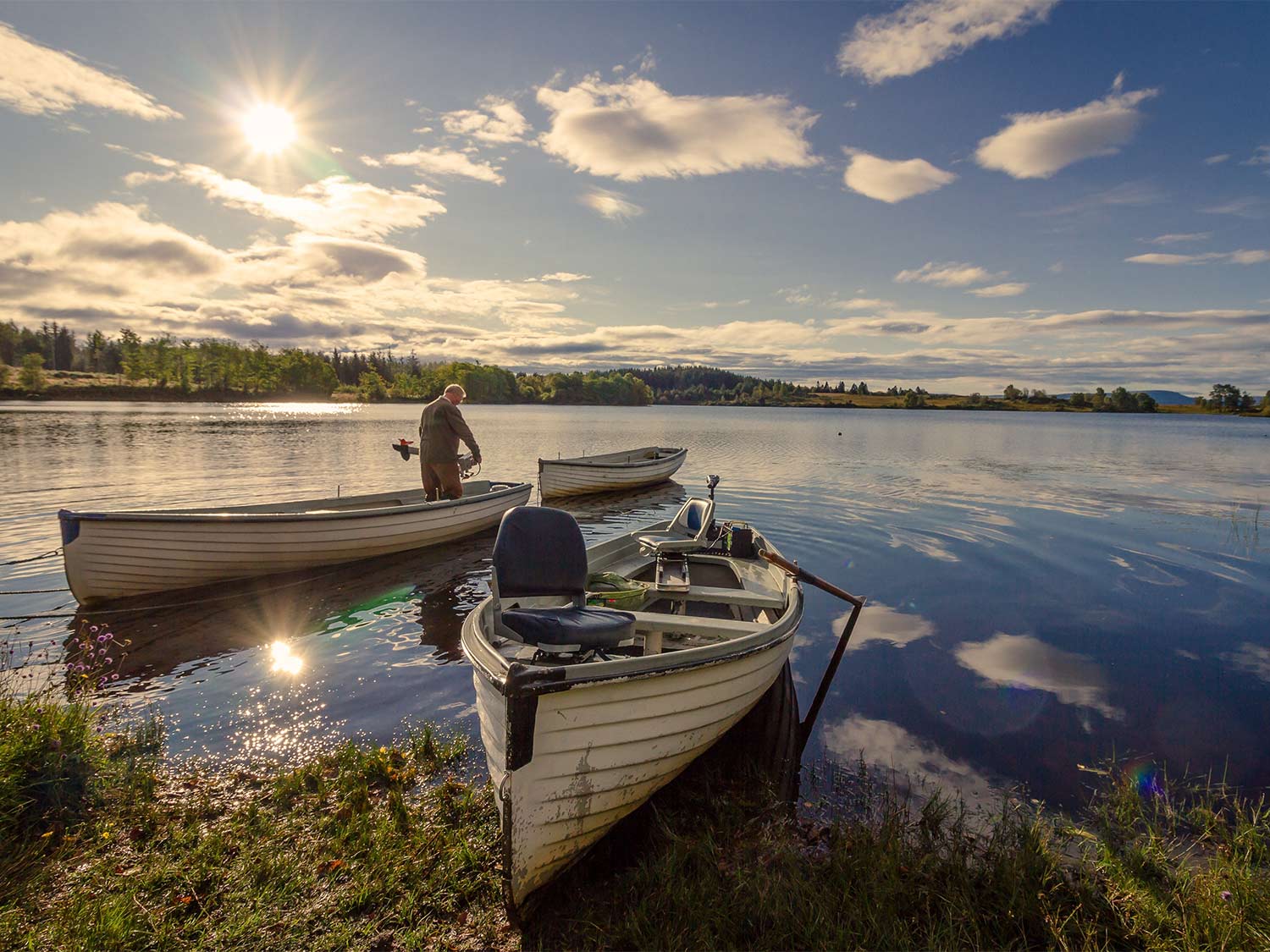I was squinting hard, dialing in my focus on a swirl just upstream. Trout were rising in the pool, leaving behind rippled rings that glistened in the sunlight. I landed two wild fish—rainbow trout that ping-ponged from one side of the pool to the other, and still a shiny glint winked from the head of the pool. Could a fish still be feeding after all that ruckus? I cast again. Nothing. And nothing on the next cast, or the next. But the twinkling flicker of sunlight remained.
When I reached the top of the pool, the mystery was solved. Someone had tossed a sandwich baggie into the creek. It had snagged on a ledge, and one tiny corner shimmered in the sunlight.
That piece of trash was aggravating, because it did more than spoil this tucked-away corner of a pristine trout stream. It polluted my morning and put me in a temporary funk that someone would go to the trouble of walking up this creek but wouldn’t carry out their own trash. One selfish moment by another angler ruined a little piece of my day. And had I not picked it up, it might have spoiled the view for the next angler to come this way.
Don’t make a mess. I consider that one of the most important rules of fishing etiquette. To do my part, I keep a trash pouch—a pocket in my pants or fishing pack dedicated solely to litter cleanup. Candy bar wrappers, cigarette butts, old fishing line—it all gets scooped up and stuffed into the trash pouch. Am I going to clean up the world? Nope. But I might make the day a little bit better for the next angler. And that’s just one reason why fishing etiquette matters.
These days, there are more of us out on the water, and that’s a good thing for fishing’s future. But it means we’ll all have to be on our best behavior.
Here are seven more rules of fishing etiquette that will keep us from ruining someone else’s morning—and protect the future of the sport we love.
Fishing Etiquette Rule No. 1: Obey Every Law
That starts with being properly licensed, of course, with any special tags or permits you might need. It’s up to the angler to know if you’re required to have a trout stamp, or a permit to access public land to reach some public waters. But obeying the law doesn’t end with purchasing a license. Creel and size limits are cornerstones of modern fisheries management. Know how many fish you can keep, and how big they have to be to go in the cooler. Just one fish—or one half-inch—over the limit is a broken law. And that’s no way to fish for tomorrow.
Fishing Etiquette Rule No. 2: Practice Crowd Control
Be nice. How hard is that? Don’t crowd another angler on the river, and don’t cut in line to put your boat within casting distance of a breaking school of fish when others are waiting their turn. It’s the Golden Rule of Fishing. When you’re getting close to another angler, ask yourself: How close would I want someone to get to me?
Fishing Etiquette Rule No. 3: Be a Boat Ramp Diplomat
Boat ramps are famous for bringing out the worst in people, so do your best to keep the temperature down. Get all your gear sorted and coolers packed before you back into the ramp. By the time you put the truck in reverse, you should only have to release the winch to launch the boat. And be patient with folks having a hard time backing a trailer. We all were beginners. An encouraging smile and wave will work wonders.
Fishing Etiquette Rule No. 4: Keep It Down
Your voice, to begin with. One of the great joys of fishing is reconnecting with the natural world. That means hooking up with giant leaping fish, for sure. But also reconnecting with the sounds of a running river, a kingfisher’s rattle over the creek, even the pleasing tones of waves against a boat hull. There’s no need to crank loud music, especially when other parties are around.
Fishing Etiquette Rule No. 5: Watch Your Wake
It’s easy to remember to throttle back when you’re around a boat ramp, bridge, or no-wake zone. But cut your speed whenever you near another angler, who could be working a school of fish or a wary solitary trophy.
Fishing Etiquette Rule No. 6: Boats Yield to Boots
There are lots of places where boating anglers, wading anglers, and even those in float tubes or small pontoon boats share the water. The rule of thumb is easy: Boats with motors yield to canoes and kayaks, and all boaters yield to wading anglers, in addition to those in float tubes and small personal pontoon boats.
Fishing Etiquette Rule No. 7: Handle with Care
It’s not enough just to catch and release. If you’re going to let a fish go, do everything you can to keep the fish in great condition. That starts before you even fire off a cast. Use barbless hooks or circle hooks if they’re appropriate for your target species, and consider swapping out treble hooks for single hooks. Once you get a bite, try to get the fish to the boat or net as quickly as possible, especially in hot weather. And remember to keep the fish wet—remove the hook with the fish in the water or submerged in a net. Keep their heads and gills in the water—think about how hard you breathe after a run down the basketball court. And never handle fish with dry hands, which can remove the protective layer of anti-bacterial mucus.
